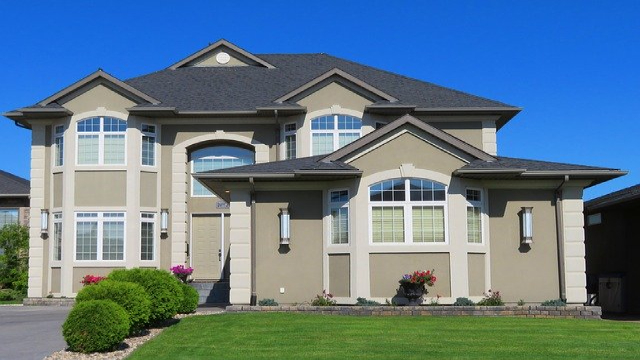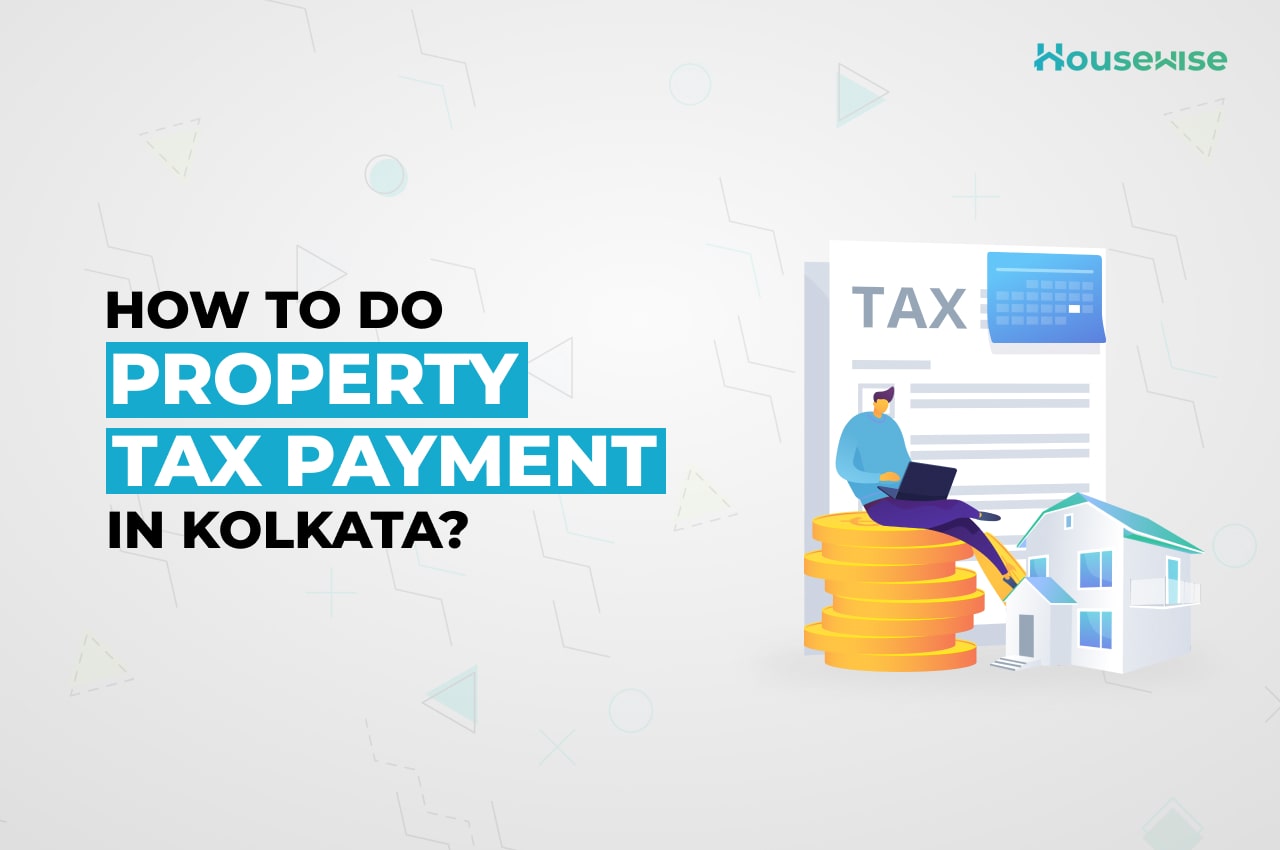A Commercial Rental Agreement is a contract that you use to rent a commercial property to or from another person or business. This agreement covers the tenancy’s terms and conditions, as well as the landlord’s and tenant’s rights and responsibilities. A basic commercial lease typically includes information regarding the landlord, tenant, guarantor, rent, lease duration, and any other terms or conditions that are part of the lease.
Use Housewise’s Commercial Rent Agreement format if you need to construct a lease for a commercial property.
What is the Commercial Rent Agreement Format?
Format includes the following:
1. Describe the sort of business property you have: Select the kind of property to start with your Commercial Rental Agreement whether industrial, official, retail store, warehouse, etc.
2. Decide the kind of lease you want: Select between a regular and a comprehensive contract.
3. Provide the parties with the necessary information such as names and phone numbers of all parties engaged in the Commercial Rental Agreement.
4. Provide a summary of the property’s features in your commercial lease, including as many facts as you can. In most cases, more than the property address is sufficient to describe the property.
5. Approved Usage: Defining the allowed use of the property in the business lease helps to avoid disagreements and misunderstandings about what is and is not acceptable.
6. Describe the tenant’s parking rights in the Commercial Rental Agreement, (describe the parking lot at the property). Commercial buildings frequently feature allocated parking spaces for the businesses that operate within them.
7. Decide on the agreement’s duration which is usually defined as either fixed-term or periodic tenancies.
8. Choose a payment option for your rent: Indicate the kind, cost, due date, and frequency with which the renter will pay rent. Include the interest rate that will be used as a penalty if the landlord plans to charge for late payments.
9. Determine who will be responsible for paying for services and facilities:
Determine which utilities and services both the landlord and the renter will be responsible for. Another alternative is for the renter to pay the landlord, who will then pay the service provider. Unless the lease agreement specifies otherwise, the cost of utilities is generally separate from the rent.
10. Decide who is in charge of upkeep:
Grass and gardens, pavement and roadways, and light fixtures are all examples of business property maintenance. Decide whether the renter or the landlord will be liable for the property’s upkeep.
11. Describe the deposit in general terms:
Indicate if the renter will be required to pay a deposit before taking ownership of the property.
12. Organize your insurance information:
To have the usual insurance provisions, use a standard agreement. It allows you to choose who between the landlord and the renter is liable for insuring the property and its contents.
13. Identify who is in charge of property improvements:
- Improvements for the landlord, or
- Improvements to the tenancy
14. Specify the assets of the movable property (chattel):
Make a list of the movable assets that each party will contribute. Any personal things that aren’t permanently linked to the property, such as drapes, microwaves, lights, desks, and laptops, are considered movable property.
15. Signing bonuses:
Any reward offered to the tenant in exchange for signing the lease agreement is referred to as a signing incentive. A term of free rent, such as one month, is a good example.
16. Specify the notice period for evicting a renter: Any substantial modifications to the lease conditions, such as an eviction notice or an increase in rent, might be communicated to the tenant by written notice.
17. Describe the signature procedure:
Set a date for the landlord and the tenant to sign the Commercial Rental Agreement. It’s conceivable that your commercial lease may require stamp paper to be printed on.
Housewise produces an e-Stamp paper rent agreement for the owner, tenant, and witness to sign online.
An online commercial rent agreement format must include:
- The landlord’s and tenant’s names and addresses
- The landlord’s and tenant’s digital signatures
- The kind of lease
- The duration of the tenancy
- The monthly rent
- The amount of rent rise per year
- The security deposit
- The tenancy’s terms and conditions
- The landlord and tenant’s responsibilities
Conclusion
With growing disputes between a tenant and landlord, it becomes extremely important to prepare an agreement. Thus, drafting a valid commercial rental agreement is no more crucial than ever before. This is where Housewise can help. We have introduced online rent agreement services that will be available across India. With our services, both the owner and the tenant do not have to leave their homes to fulfil the rent agreement procedures, since this service is genuinely online.
Sources:
https://www.lawdepot.com/in/commercial-lease-agreement/#.YVdfyJpBzIU







